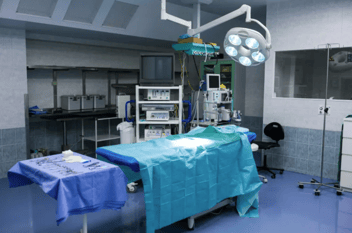Hospital CMMS: Streamline Preventive Maintenance and Reduce Downtime
In hospitals, where patient care is paramount, ensuring critical equipment functions properly is non-negotiable. Equipment failure can lead to costly downtime, interrupt medical services, and potentially compromise patient safety. This is where a computerized maintenance management system (CMMS) or facility management system tailored for healthcare plays a vital role.
Streaming Preventive Maintenance
A CMMS helps hospitals streamline preventive maintenance processes, ensuring that essential equipment operates efficiently. It automates work orders, schedules inspections, and tracks equipment lifecycles, ensuring that preventive maintenance tasks are performed consistently and on time. Facility managers can set up recurring work orders based on usage data or manufacturer recommendations, reducing the chances of unexpected breakdowns.
Monitoring Equipment Performance
In addition to preventive maintenance, a CMMS enables real-time equipment performance monitoring. Technicians can log data after each service, helping facility teams identify trends that might indicate early signs of wear or malfunction. This proactive approach allows hospitals to address potential issues before they escalate into critical failures, reducing unplanned equipment downtime.
Centralized Organization
The system also centralizes all maintenance activities and data in one platform, improving communication and collaboration between facility managers, technicians, and other departments. Notifications and alerts keep technicians updated on pending or overdue tasks, while detailed reports provide leaders with insights into the effectiveness of the maintenance programs.
By implementing a CMMS facility management system, hospitals not only increase the longevity of their medical equipment but also improve operational efficiency, enhance patient care, and reduce the risk of costly downtime. This streamlined approach helps healthcare facilities focus on what matters most—delivering quality patient care without interruptions caused by equipment failures.
.png?width=268&height=52&name=f1-logo2%20(1).png)



